What makes this book unique is the form it takes and the time of its publication. To start with the latter: for the first time in the entire course of mankind more people now live in cities than in rural areas. Or, as Williams puts it: “Homo sapiens officially became an urban species sometime in 2008."
What consequences does that have for Homo sapiens? Does it have any at all? And if so, should we be worried? Should we make any changes to our ways of life, our urban environments to make amends? Does it really matter we left behind “life in the woods”, so to speak, and our ancestors’ connection with nature? Is it just a matter of getting used to the urban, with nature just a romantic notion and not really essential to the day-to-day life – apart from providing food, oxygen and the like, of course – for most of us?
The book starts off with an introduction into the “Mappiness App” project: launched in 2010 by an economist from the (British) University of Essex, this is a “multi-year, big data study with tens of thousands of volunteers across the globe”. It’s aim? To find out the answer to that eternal question ‘What makes people happy?'
Some results have been published already. To quote Williams: “One of the biggest variables, the surprising one, is not who you are with or what you are doing […]. It’s where you are. As one of MacKerron’s papers concludes: ‘On average, study participants are significantly and substantially happier outdoors in all green or natural habitat types than they are in urban environments.’ (And, in case you are wondering, the data didn’t just reflect a vacation effect, since he factored that in.)"
She also quotes another study in the book’s introduction, saying that participants “consistently overestimated how much they’d enjoy the tunnels [i.e. walking a very urban environment] and underestimated how good they’d feel outside [walking a path along a canal]. Social scientists call these bad predictions ‘forecasting errors’. Unfortunately, they play a big role in how people make decisions about how to spend their time."
I’m sure most people will have encountered this phenomenon in themselves. The feeling of – having dragged yourself outside despite feeling a bit lazy and not really keen to begin with – suddenly realizing that, actually, it’s not that bad, you feel better for it and at the very least (whatever the weather) don’t regret having gone outside in the first place. This, then, is the thesis and thrust of Williams’ book: “We don’t experience natural environments enough to realize how restored they can make us feel, nor are we aware that they make us healthier, more creative, more empathic and more apt to engage with the world and each other."
She references Richard Louv, author of bestseller Last Child in the Woods (published by a truly poignant coincidence also in 2008), and what he termed nature deficit disorder – defined as “what happens when people, particularly children, spend little or no time outside in natural environments, resulting in physical and mental problems” Likewise, Louv coined the term ‘nature neurons’ “to highlight the essential link between our nervous system and the natural world they involved in."
So is that link ignored? Williams says: “The dramatic loss of nature-based exploration in our children’s lives and in our own has happened so fast we’ve hardly noticed it, much less remarked on it. […] Most of us don’t know we are missing anything. We may have a pet and occasionally go to the beach, so what’s the big deal? Well, what is the big deal? That’s what I wanted to find out.” And also: “We think of nature as a luxury, not necessity. We don’t recognize how much it elevates us, both personally and politically. That, ultimately, is the aspiration of this book: to find the best science behind our nature-primed neurons and to share it."
And that’s just what she does: seeking out and tracking down scientist across the globe who are studying the effects of nature on humans – from various different angles, starting points, cultural backgrounds and with varying intentions.
Starting out with how it affects humans – from those who, in the interest of economy, want to make workers’ more efficient, focused and creative to those with a more holistic approach. She then determines to find out how much nature we need and what kind: is it enough to have a poster on the wall, have a window with a view of some greenery, take a walk in nature via virtual reality? Do you need to have access to the real thing? And what constitutes the real thing, i.e. how wild does it have to/ how “tame” can it be? And how long does it take for nature to work its magic? Three seconds? Three minutes? Three weeks?
For other chapters she accompanies undergraduate students on a track in a desert area, children with ADHD on a rock climbing session or a group of army veterans with posttraumatic stress disorder on a five day trip down a wilderness river – always in order to witness what effect nature has on these people.
Time and again I found myself nodding along in recognition, for instance to the passages describing the effects of noise. At one point Williams notes: “Noise, at least for me, really is a problem. The test showed that it’s simply harder for someone who is noise-sensitive to fully unwind in an urban environment, regardless of its nice parks and nesting ducks. As Smyth [the scientist whose experimental set-up she had had tested on herself, measuring heart-rate variability and other indicators] put it: ‘Your recovery was clearly disrupted by the experience of noise. […] For you, walking in a park, the benefits of nature may be offset by the noise of planes. […] Those aren’t trivial effects.’ "
In the Nature Fix Williams references and quotes from a long list of people: from philosophers to neuroscientists, from literary writers to reformers of education, Eastern and Western, past and present. From Beethoven who literally hugged trees (apparently) in order to find mental peace and inspiration, to modern economists driven by a desire to cut down on the costs of health care to the national budget. If I have one small niggle it’s that I feel sure there are many more Northern and central European voices and studies that could have been included here as we have such a longstanding tradition and love affair with, not to say quasi-religious approach to, nature and woods in particular.
Williams does acknowledge that, especially in her chapter on Finland. As mentioned above, she has travelled widely in her search and if, as an American, she has concentrated on American voices and scientists to frame her quest, I can’t fault her for that. It’s natural to concentrate on what’s most accessible to you and draw on what you are most familiar with. So if, as a continental European, I would have loved to see more continental Europeans mentioned that’s as much my own cultural bias, I guess, as Williams has hers.
Not the author's fault: Culturally biased expectations
Speaking of cultural bias: For me the form of the book – i.e. this personal quest – took some getting used to. (I mentioned form as one of the book’s unique features above.) For Williams, it began with her move from a small town in Colorado to Washington D.C.. Struggling to adapt to the latter’s noise and lack of nature, she quickly found herself depressed - despite having spent her childhood in one of the most urban environments on earth, namely New York City. Realizing that the mountains in Colorado had become her “tonic”, she started pondering about the questions raised here: what does nature do to us - and what does a lack of nature do to us. In the Nature Fix then, she mixes anecdotal style you’d expect in a report with “hardcore” science. Nothing wrong with this. But as a German, I’m somewhat preconditioned to expect either a full-on scientific work or a report.
You see, German academics (or, more broadly, intellectuals) are infamous for using complicated language: there seems to be a general assumption that the more difficult terms you use, the more difficult your language is to understand, the more learned and important you must be… (And I sincerely apologize if you sometimes feel I subscribe to the same silly principle! It’s hard to shake off one’s roots.) By the same token: if everyone can easily follow your writing you surely must be shallow, superficial and sort of a fraud in your chosen field.
Of course, you also have books in the “popular style” where the writer will make it his or her mission to enlighten the outsider to a subject in a language they too can understand. This is more the kind we are talking about here. But in my experience these texts rarely take the form of a personal quest, mixing research findings about e.g. the workings of the frontal lobe, neurons or a “mathematical fractal dimension (called D) of between 1.3 and 1.5” (to cite just some of this book’s examples) with anecdotal details such as:
I met him [a Korean park ranger Williams accompanied for an experiment] after a basic country lunch of eight kinds of kimchi and a plate of neatly sliced homemade tofu. Eating the tofu was a little like biting into air and earth at the same time, a barely solid cloud of undemanding goodness. The kimchi, on the other hand, had a flavour as subtle as a firecracker.
and the human environment
Apart from and notwithstanding this, however, a great many interesting, valuable and sometimes surprising findings are scattered throughout the book. Such as the fact that “human-caused noise actually makes parks look worse, not just sound worse. Visitors hearing loud vehicle noise rate parks as 38 percent less scenic than those who don’t hear it.“ Surely a broad hint for landscape architects everywhere to look into counter measures such as noise protection walls, gushing water features etc. as a matter of routine?
For those keen to make a difference, there are many such snippets of information which can provide advice or guidance. Too many - and too varied – to even try list them here. While much of it seems science simply backing up what common sense suggests, or at least what many people who love nature will have expected and have felt to be true all along, you will still learn a lot. This then, is what I consider the book’s greatest strength: Bringing together so many voices, theories, approaches and findings regarding the effects of nature on humans. If you are coming new to the subject, you will find pointers galore where to go for further study. At the very very least, this book provides you with ammunition to fight the cause for nature, for conservation, for greening the urban environment: black on white, scientifically proven, much of it cutting edge.
Now all we need is to heed the advise and implement change
It’s heartening to see that what once was a trickle of studies has, across the world, become a little wave. I’m looking forward to it swelling further and hopefully make a true impact across many fields – from laws strengthening conservation efforts to changes in urban design to new therapies or preventative measures being developed and sanctioned by bodies like a government’s Department of Health. Or indeed spurring ordinary companies into becoming proactive because management and shareholders realize it is in everybody’s interest, including their own long-term economic success.
Oh, and if I may suggest one thing to the publishers: For the next edition of The Nature Fix PLEASE include an index, it would make finding names, theories etc. again so much easier.
P.S.: Timely reminder - article on the BBC UK website from Nov 22nd:
"Forest nursery demand in London rises as expert calls for more research"
You may also enjoy the following posts:
Nature in the urban future: The first European Landscape Conference
City nomads against the gloom: Building a community
Green walls, green roofs, green rooms - Green infrastructure
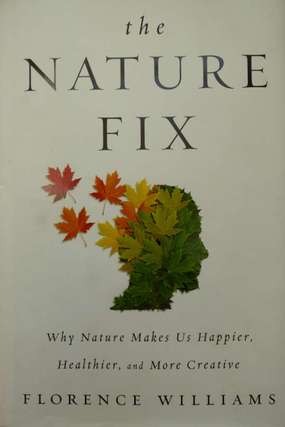
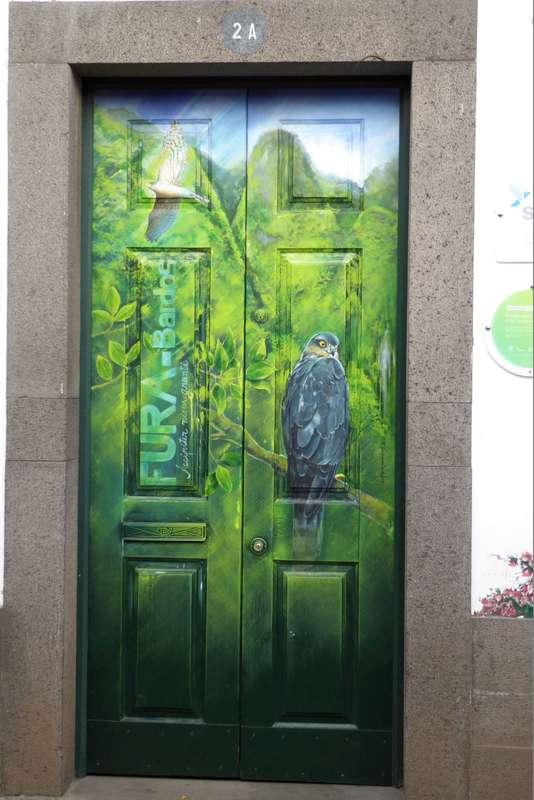
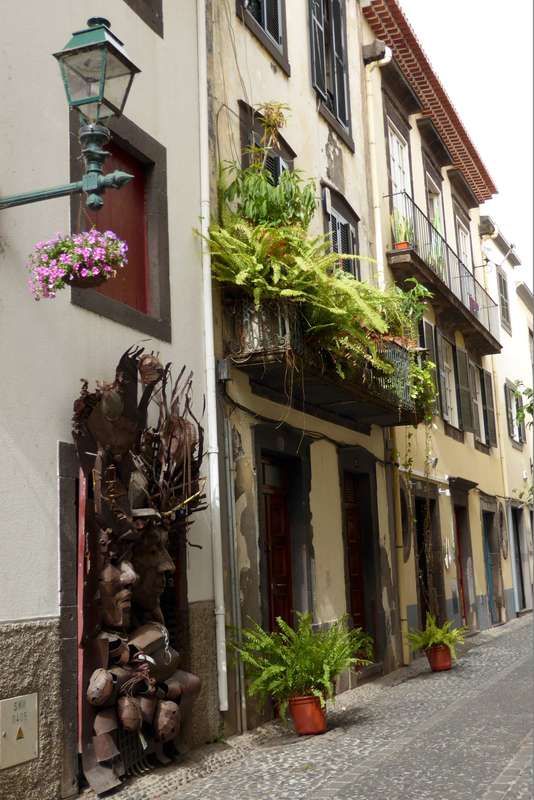
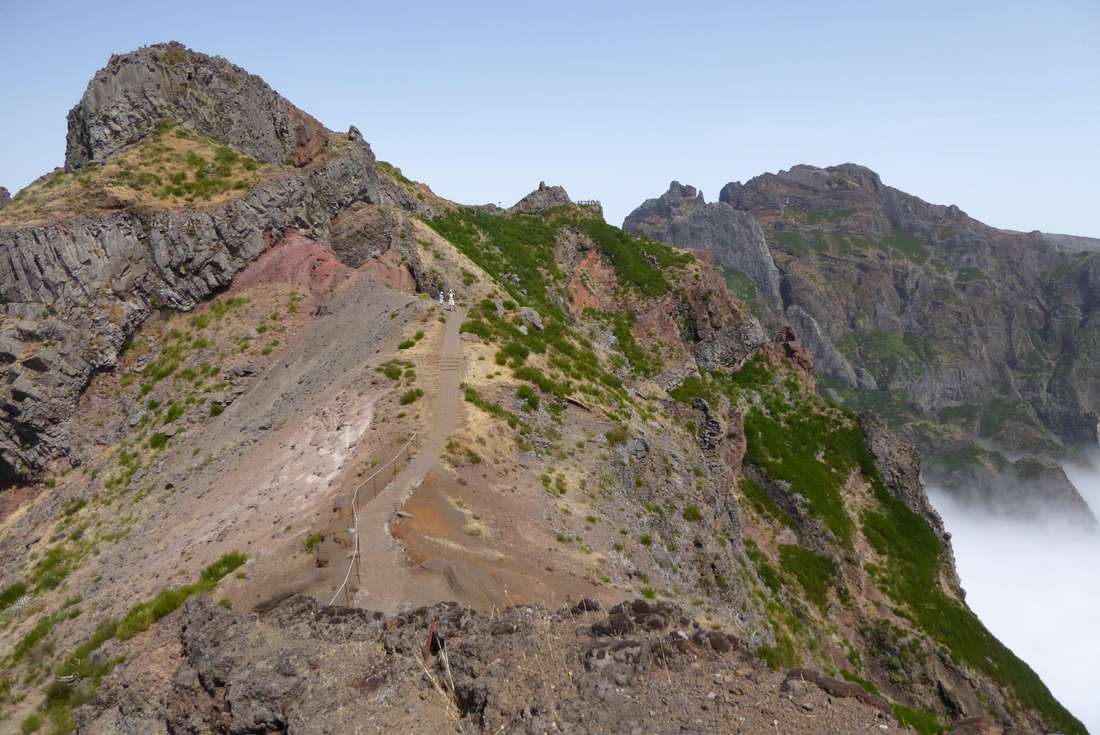
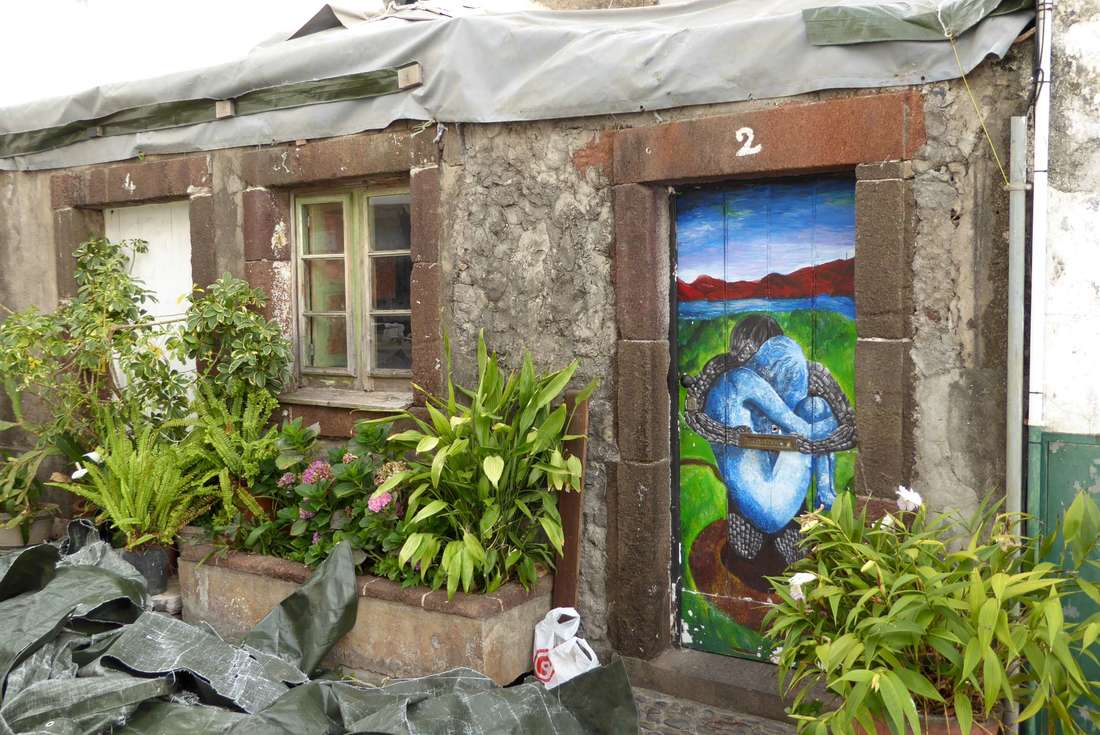
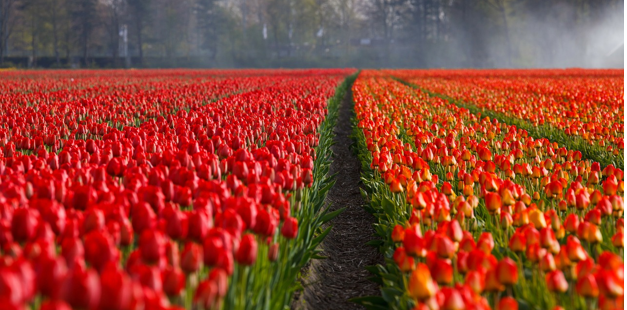
 RSS Feed
RSS Feed